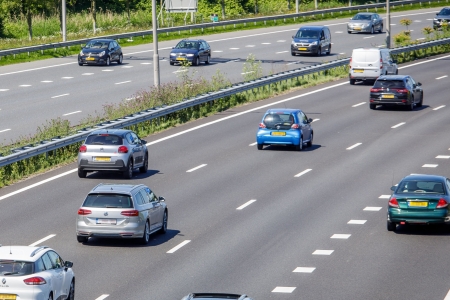The new SWOV fact sheet 'Safe passenger cars' provides an overview of improvements in road safety due to developments in the facilities and properties of passenger cars.
Between the 1970s and 2010, the safety of car occupants has greatly improved, expressed in both the number of road crash fatalities and in mortality risk. The favourable developments in the last forty years are partly attributable to new/renewed safety features in cars and to legislation making (the use of) these safety features mandatory. Examples are seat belts, airbags and head restraints. Since 2000, car safety has improved by means of Electronic Stability Control (ESC) and Autonomous Emergency Braking (AEB).
Not only the safety of car occupants has improved, but also that of other road users, such as cyclists and pedestrians. This is mainly due to a pedestrian-friendly car front, Autonomous Emergency Braking (AEB), and the Anti-lock Braking System (ABS).
Since 2011, however, the number of road deaths among car occupants has not decreased. Passenger cars are expected to be further improved if more account is taken of the diversity of the occupants, in terms of age, weight or gender, instead of 'the average man'. Within the EU project VIRTUAL Open Source Human Body Models of both men and women will be made available in a format that is scalable to represent different ages and sizes of car occupants, vulnerable road users, and users of public transport.

